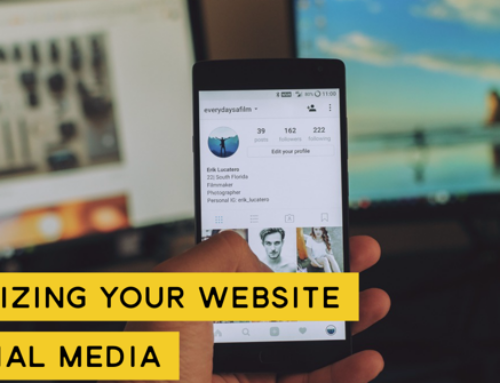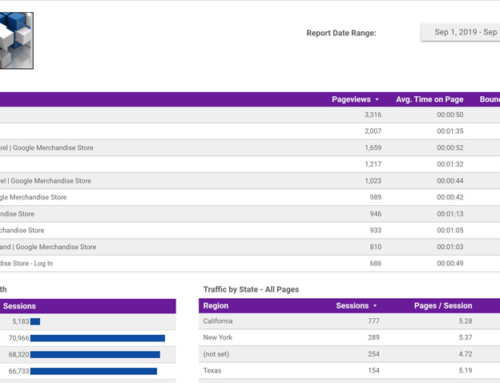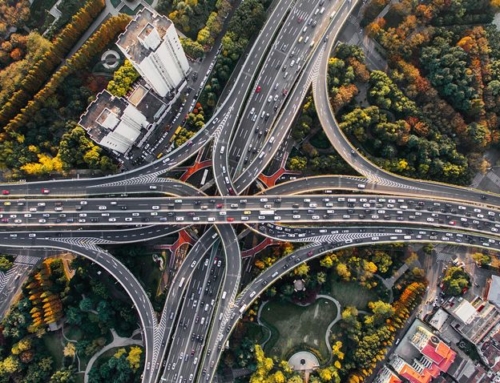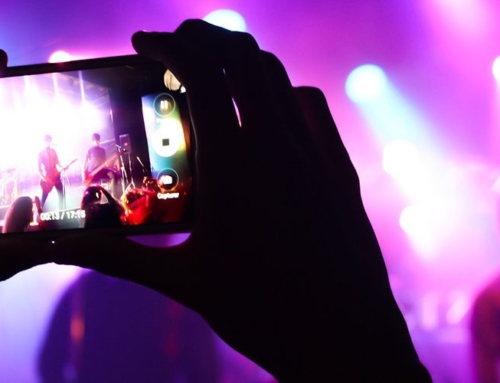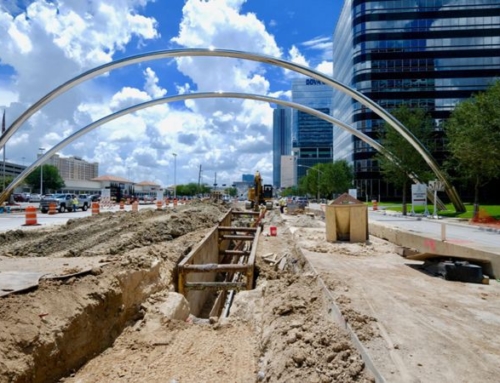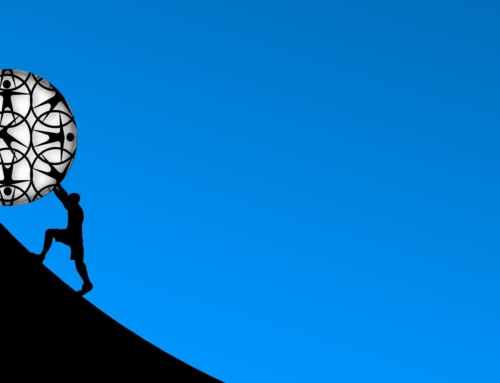
Managing the friction between the water and the surfboard results in achieving the desired effect, which is to look cool while successfully riding the wave. The same concept applies in most areas of business. Sometimes less friction results in a better user experience, and other times, more friction produces better results.In relation to marketing, friction implemented the wrong way can prevent conversions through unclear messaging, ineffective printed or digital media and information gaps, or generally making the conversion process require too much effort. I’m going to share with you some examples of both and explain why it works in this article.
Hopefully you’ve emptied your computer’s recycle bin at some point. When you right-click the Recycle Bin icon and select the “Empty Recycle Bin” option, Microsoft Windows presents you with a prompt asking if you are sure you want to permanently delete the files.
This dialog box is an example of using friction to protect us from ourselves, which is a good thing. Whether you’re writing business processes, changing diapers or handling nuclear waste, adding a little friction to certain steps helps prevent embarrassing situations.
If you’re an IT person working on someone else’s computer, you might want to check with them first. I’ve run into people who use the Recycle Bin to quickly find files they frequently need to access. This is not a good time to act first and ask for forgiveness later.
Bacon, Eggs and Coffee

Constantly improving your products and service is critical to retaining happy customers, getting them to refer their friends, and helping to keep the competition at bay. Be sure to keep an eye out for any way to make the experience better through changing the sequence of events.
Project Closeout vs. Building Start-up
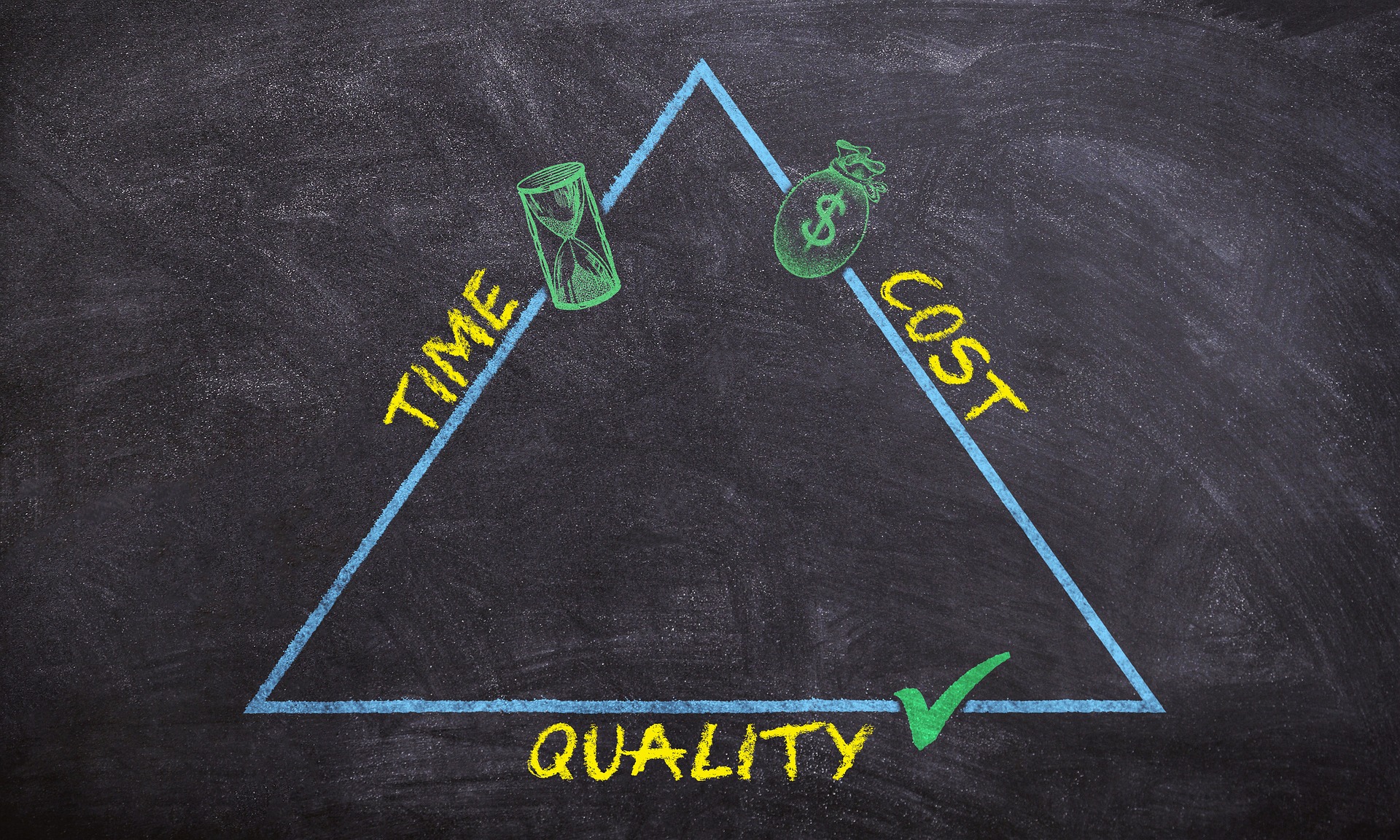
In the building construction industry, project managers found that the term “project closeout” caused stress with building owners who felt the term meant that all work would come to an end, even if there were minor fixes remaining. A broken electrical outlet cover, scuff on a wall or scratch on a window could cause a lot of headaches. Building owners felt that if they signed off on the project closeout, these punch list items would never get taken care of. A simple change in terminology from “project closeout” to “building start-up” eased some of the stress. It meant that the owners could start moving in tenants and begin recovering their costs right away.
A Watched Pot Is Slow to Boil
Most people have heard the phrase “A watched pot never boils”, which simply means that when we’re waiting impatiently with nothing else to do, the water seems to take much longer to boil than it should. Giving people something to do while they wait is an example of using friction effectively to make a task or process feel less painful resulting in an improved customer experience.
Remember that guy that keeps pressing the call button in the elevator lobby? Imagine if there was something to keep him occupied after he first pressed the button. He would be less impatient and you wouldn’t have to explain that “elevator seeking” means that the elevator is going to stop on all the floors that have been requested in the direction it is traveling before switching directions.
At a crosswalk in Germany, you can play Pong with someone on the other side of the intersection while you wait for the traffic light to change. What a great idea!
150 Seconds I’ll Never Get Back
Making people wait unnecessarily is an example of bad friction. On a call recently, I spent two and a half minutes wading through phone menu options and listening to instructions only to find out I couldn’t get to anyone because the business was closed that day! It isn’t very much time, but it was very frustrating. The customer experience could have been improved by simply stating at the beginning of the call that the business was currently closed for whatever reason. Be sure to let people know early if your business is closed or running special hours that day. They will love you for being thoughtful and respecting their time.
The Time/Value Relationship
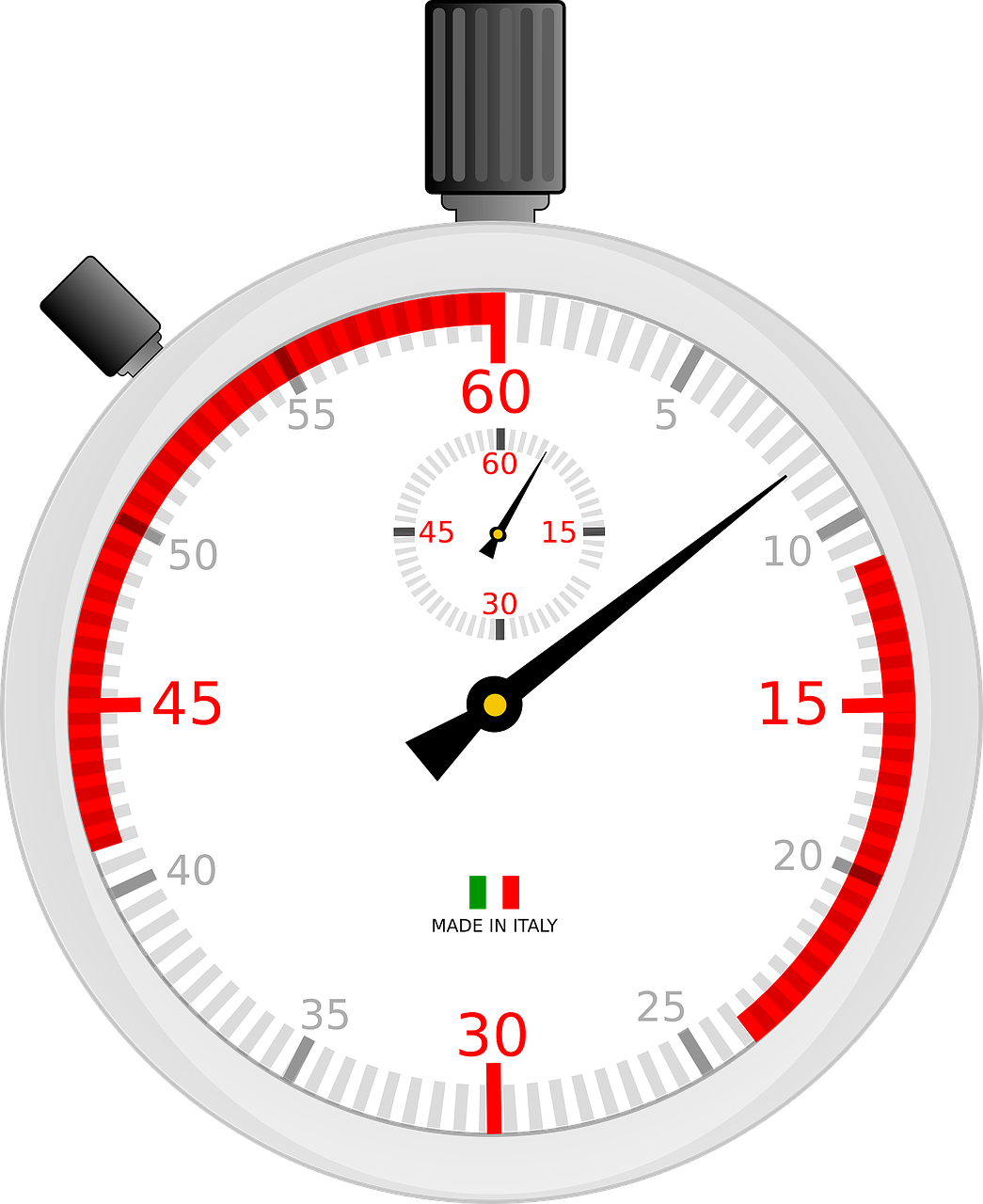
Coinstar™ machines can count your spare change almost instantly. These machines can count so fast that during testing, some people felt they were being short-changed, potentially creating a serious trust issue. Coinstar fixed this trust issue by creating perceived delays that resulted in increased value. The machines still count the coins nearly instantly, but the results displayed are intentionally delayed making you feel safer. But what about that sound of coins working their way through the counter? Oh, that’s just a recording reinforcing your trust in the process.
So, Is Friction Your Friend or Foe?
The short answer to that question is —both. Friction can be a foe if it causes pain, stress, anxiety, inefficiency, cost increases, project delays and abrasions. If it leads to a bad experience, friction is a foe. Be sure to consider other people’s perspectives in your search for making a better customer experience. In your printed media, make sure the messaging guides people toward an action. With websites, completing very long forms can feel like too much work is required to get to the submit button. Asking questions that require a lot of thought is real friction since it makes people work too hard to come up with an answer. Forms that are too lengthy cause site visitors to weigh the time and effort being asked of them with the value of the offer. Imbalance between the request and the offer causes too much friction and often site visitors who abandon the effort altogether, which is a lost lead for your business.
It is our friend when it leads to a better experience. Look at every single interaction in every process to find ways to use friction as a friend. See if you can spot examples of friction in “Benefits of Professional Graphic Design to Business“.



